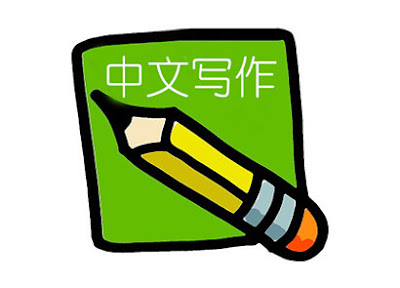Top 6 YouTube Channels for Learning Chinese
Chinese language learning couldn't just rely on books, it rely more on the demonstration of action and word. Unfortunately, not everyone has a chance to learn Chinese in China or has the time to attend class in school. But luckily, the YouTube can fill most part of the gap. However, you can find thousands of videos on YouTube yet the quality of teaching is uneven that you don't know which you should watch. If you want to learn Chinese on YouTube but you find it hard to find them out on your own, please read on! Below are the top 10 YouTube channels for Chinese learners may want to check out regularly: 1. Hanbridge Mandarin on YouTube Hanbridge Mandarin YouTube channel was created by the Hanbridge Mandarin's teacher team. This channel provides you with great content for learning Mandarin Chinese. You can find the video lessons cover a wide range of subjects and they are totally free. Like I was saying above, the quality of videos on YouTube vary greatly that it mixed w
